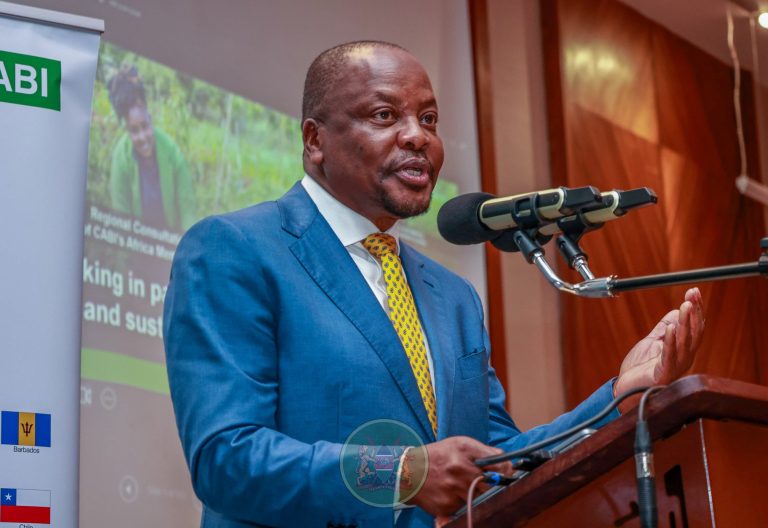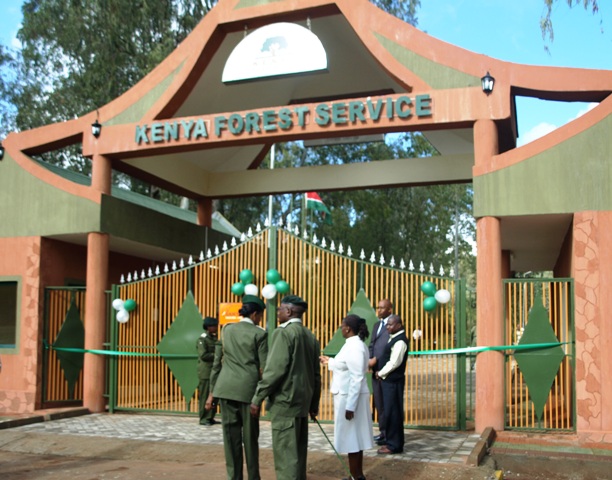KFS moves to erect 14km electrical fence along Ngong Road Forest
By Arnold Ngure, November 27, 2024The Kenya Forest Service (KFS) has commenced the construction of a 14.2-kilometre electric fence along the Ngong Road Forest in Nairobi.
The more than 3,000-acre forest is segmented into five administrative units namely Miotoni, Lenana, Karen, Sanctuary and Bomas Blocks.
The Sanctuary Block is the largest block covering 1,717 acres. This block mainly constitutes shrubs, grasslands, and scattered plantations of Eucalyptus species.
Ngong Road Forest
Ngong Road Forest was gazetted in 1932 through Proclamation No. 44 and designated as a Central Government Forest Reserve in 1964 through legal notice No. 174.
It covers an area of 3,000 acres, comprising 2,189 acres of natural and 832 acres of plantation forests.

According to the Kenya Forest Service, a six-meter-wide path will be created along the 14.2-metre perimeter as a safeguard for effective and efficient fence management.
Ngong Road Forest is managed in partnership with the Community Forest Association, which, together with the Service, generates a Participatory Forest Management Plan.
Sanctuary block
The initiative of electrically fencing off the 14.2 KM perimeter of the Sanctuary Block is projected to be completed in April 2025.
The participatory forests management plan provides fencing as a key intervention in consolidating forest conservation and protection gains.
Forest fencing has numerous benefits to forests and the people that depend on them. It constitutes a management approach that improves forest protection, spurs natural regeneration and provides controlled access to forests for adjacent communities and visitors.
Additionally, fencing protects fragile ecosystems and improves the microclimate.
The initiative will also feature the construction of rangers’ houses, a ranger’s outpost, and washroom blocks.
This comes after Karura Forest rolled out an elaborate plan to remove the exotic trees from its ecosystem and replant natural and indigenous tree species.
KFS noted that Karura Forest being an urban recreational forest is to be reverted back to a purely indigenous forest through phased removal of exotic plantation tree species of Eucalyptus and Cypress.
They assured the public that the process of removal is being undertaken in strict adherence to the laws and procedures of disposing forest plantation materials. These laws include the Forest Conservation and Management Act 2016, the Public Procurement and Asset Disposal Act 2015, the Public Procurement and Assets Disposal Regulations, 2020, Public Financial Management Regulations, 2015, Forest Harvesting Rules 2009, Legal Notice No. 21 on Forests (fees and charges) Rules of 2016.
More Articles

